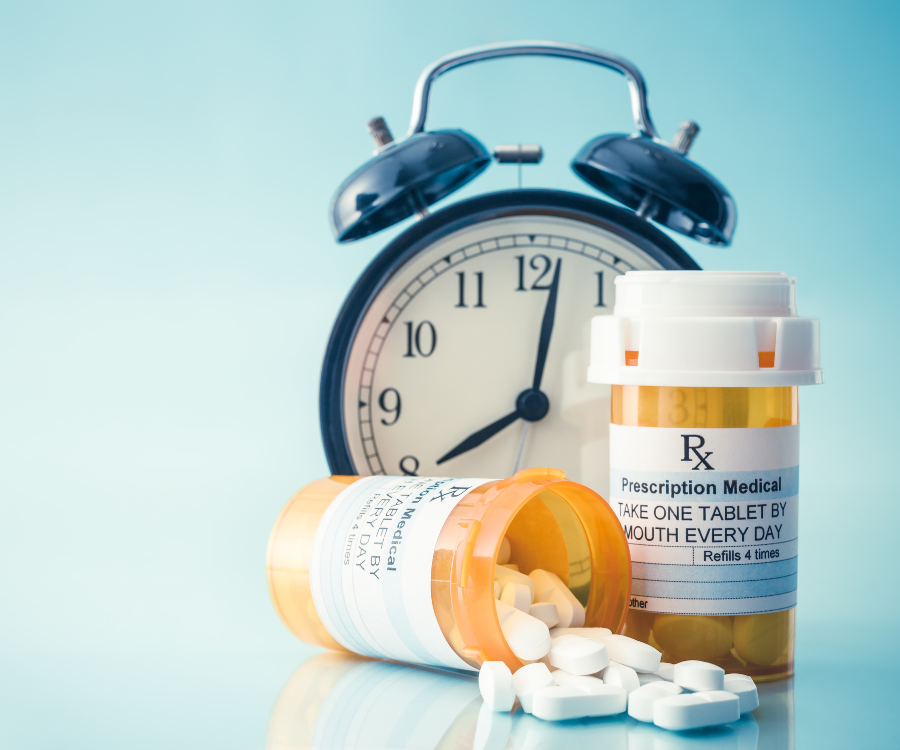How Doctors Prevent Harmful Medication Interactions
Behind the Prescription Pad: How Doctors Prevent Harmful Medication Interactions
In a world where many people rely on multiple medications—sometimes prescribed by different specialists—the risk of a harmful medication interaction is a genuine concern. A medication interaction occurs when the effect of one medication is changed by another medication, food, drink, or even a health condition. This can either make a medication less effective or increase the risk of serious side effects.
So, how do healthcare providers, particularly doctors and pharmacists, navigate this complex landscape to ensure your safety? The process involves a blend of advanced technology, pharmacological knowledge, and strong patient-provider communication.
The Doctor’s Toolkit: Advanced Screening and Knowledge
Preventing dangerous medication combinations starts before the prescription is even written. Doctors employ several key strategies to keep patients safe:
1. The Comprehensive Medication Review
The first and arguably most critical step is gathering a complete and accurate medication history. Doctors meticulously review everything a patient is taking, including:
- Prescription medications: Current and recent prescriptions from all treating doctors.
- Over-the-Counter (OTC) medications: Pain relievers, cold medications, antacids, etc.
- Vitamins and Dietary Supplements: This includes herbal remedies, minerals, and other supplements, which can have significant interactions (e.g., St. John’s Wort).
- Lifestyle factors: Alcohol, tobacco, and recreational medication use, which can all change how medications are processed by the body.
Doctors often encourage patients to bring all their bottles and pill organizers to appointments to ensure no item is missed.
2. Electronic Health Records (EHR) and Medication Interaction Checkers
Gone are the days when a doctor had to rely solely on memory or bulky reference books. Modern medicine relies heavily on Electronic Health Record (EHR) systems.
When a doctor enters a new prescription, the EHR system automatically cross-references it with the patient’s existing medication list. These sophisticated medication interaction checkers issue alerts based on the severity of the potential interaction:
- Contraindicated (Red Flag): The risk is too high; the medication combination should be avoided completely.
- Serious/Major (Yellow Flag): The combination may be used, but typically requires a dose adjustment, a change in one of the medications, or a specific monitoring plan.
- Minor (Information Only): The interaction is generally not clinically significant but is noted for awareness.
3. Understanding Pharmacology: The “Perpetrators” and “Victims”
Beyond the software, doctors apply a deep knowledge of clinical pharmacology. They pay close attention to certain classes of medications known for their high potential to cause interactions.
- Narrow Therapeutic Index (NTI) Medications: These are medications where the difference between a therapeutic (effective) dose and a toxic (harmful) dose is very small. Small changes in concentration due to an interaction can be life-threatening (e.g., Warfarin, Digoxin, Lithium).
- Cytochrome P450 Enzymes (CYP450): Most medications are metabolized (broken down) in the liver by the CYP450 enzyme system. Doctors know which medications are “inducers” (speed up metabolism) or “inhibitors” (slow down metabolism) of these enzymes, as this dramatically changes the concentration of other medications in the bloodstream.
4. Deprescribing and Avoiding Polypharmacy
Polypharmacy, the use of multiple medications, is a major risk factor for interactions, especially in older adults. Doctors regularly conduct comprehensive medication reviews to identify and safely discontinue (or deprescribe) any medications that are no longer necessary, have duplicated effects, or whose risks outweigh their benefits. This proactive approach significantly reduces the potential for harmful medication mixing.
The Patient’s Essential Role in Prevention
While doctors take the lead, preventing medication interactions is a team effort. Patients play a vital role in their own safety.

